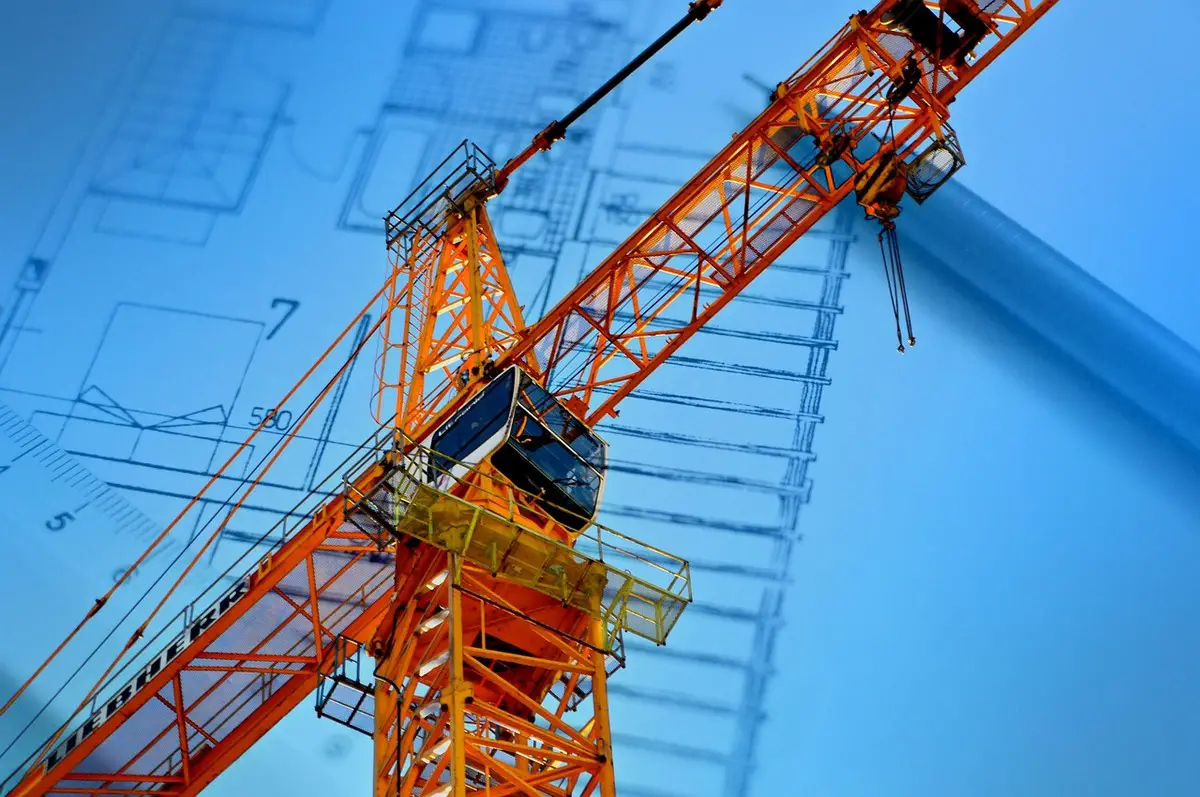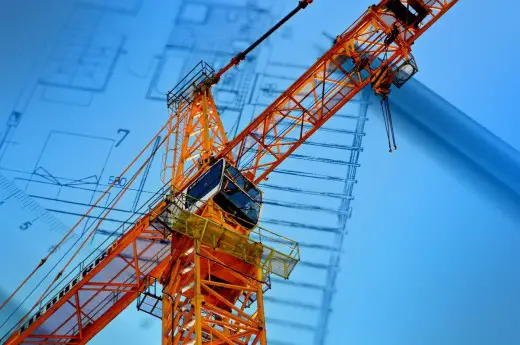Trusted architect hire to build or remodel a home, Buildings advice, Property tips
Why hire an architect to build or remodel a home
27 Nov 2019
As a professional, it will always give you different options and alternatives, evaluating not only the needs of the design but also the economic viability.
When you are going to build or remodel a home, most people do not consider within their options to have the opinion of an expert, since they think that would only be an additional cost to what they already have budgeted, but what so true is that?
Why Hire an architect for home refurb
Hiring an architect like A4D Architecture – https://architects4design.com/ – should not be seen as an unnecessary expense but as a long-term investment. Since it is the heritage of our family, and we must take into account that bad designs and poorly crafted works can even bring costs more excessive overtime.
That is why you should not doubt a moment to turn to an architect whenever you are going to build or remodel the home. Since performing this type of work, whether in a house or a building has great complexity, although it may not seem like it, and a professional will always help to see even the smallest detail of the work.
Today we invite you to reflect on why to hire an architect to turn your ideas into reality. In this article, we have listed the 7 main reasons and advantages of hiring an architect:
- Training and experience:
An architect is a professional who gathers the necessary knowledge to design, project, manage, coordinate and direct different building projects such as houses, buildings, urbanizations, etc. Based on the knowledge and experience acquired in its training, it plays a multifunctional role in the different areas involved in the process of design and construction of a work.
- Architectural design quality:
The architectural design quality as the basis of every project to be built multiple aspects and standards, which the architect cares about reaching to generate a comprehensive and quality product finally. Among them are:
- Spatial and functional aspect:
A good project is thought based on the spatial and functional qualities that can be offered to the client. An architect has the ability to fully distribute the architectural program of a project and optimize the available space to the maximum while solving the user’s needs.
- Economic aspect:
The architect has the necessary tools to design a project with economic viability without implying deficiencies in the work, thus achieving optimal value with the budget available according to the client. A well conceived project can be built economically without losing quality.
- Aesthetic appearance:
To meet the required needs and the correct functionality of the set, the architect also cares about generating harmonious spaces and aesthetic value. The professional in question has compositional criteria on light, spatiality, volumes, textures and colors, and applies them in projects to generate positive feelings and comfort.
This aesthetic quality is sought and materialized from the exterior to the interior, where the architect cares about details and elements such as carpentry or furniture handling the same architectural language and adjusted to the concept that the client wishes to achieve.
- Constructive aspect:
After managing a large database of materials and finishes; and to know the construction market, contractors and suppliers; the architect can offer his clients multiple alternatives based on factors such as budget, functionality, aesthetics, technology and quality.
- Bioclimatic aspect:
In order to generate better conditions of habitability and comfort, the architect will adopt bioclimatic solutions according to the environment. Likewise, these solutions consider environmental care by contributing to lower energy consumption, which also means long-term economic savings since maintenance costs are minimized, providing added value. Taking into account the useful life of a building, a project also thought from the bioclimatic point of view will be more viable and will require less maintenance costs
- Legal aspect:
The architect is obliged to comply with current regulations and security requirements for each type of project. Prioritizing this and the client’s requirements will generate architectural solutions for the work in question.
- Aspect of exclusivity:
The architect is the one who analyzes the user’s needs and explores all alternatives before arriving at the most appropriate architectural solution. Due to the nature of the order, the design will also be exclusive and unique, since each and every one of the projects contemplates different needs and requirements.
- Advice and consensual design:
Who plans to build a project, also needs to participate actively in the process of development of the work and being the client who best knows the needs of your project. The role of the architect is to interpret the client’s ideas and conceptualize them in a constructible way, in addition to advising any questions that may arise throughout the process.
The architect relies on different tools such as sketches, technical drawings, 3D, a 4D architecture etc. to show the client a realistic version of what the interior and exterior spaces look like and that the design is agreed upon. This feedback allows you to make the necessary adjustments prior to construction.
- Stage planning:
The architect is trained to plan and schedule the development of a work in all its stages, from the design, procedures, and construction of the work. Knowing how to manage the budget and labor, know the costs, distribute them among the different items are key actions to optimize the performance of the work and thus avoid economic and quality losses, unforeseen expenses, delays, extensions of time, budget deviations and work stoppage, which many times have thrown down several projects and investments.
- Procedures and procedures:
The architect knows the municipal procedures and administrative management of each work, which makes it possible to expedite the procedures and procedures of licenses, insurance, regulations, etc. When making the architect the procedures and permits made will provide the guarantee that each stage is complying with the law. It is convenient that these steps are carried out by the technician himself so that the process is expedited and the project is completed successfully and in the shortest possible time.
- Work supervision:
During the construction stage, the architect will supervise that the works are carried out according to the requirements of the project and in the event of any irregularity of the construction entity. It will seek to solve it or mediate between the parts.
- Construction management:
One of the great advantages of hiring an architect is to conceiving projects. An architect also has the ability to execute them and solve the different technical-construction unforeseen events related to the project.
The function of an architect is not limited only to design. If the client requires it, the architect can also work in the direction and construction of the work. With this, the client will ensure that the work is carried out with the quality and safety standards for which they were designed.
Building a building of any kind has its complexity and for everything mentioned above. It is clear that the best option for those who have a project in mind is to seek the professional help of an architect since this guarantees that the work will be carried out successfully and achieving an optimal and quality result.
Comments on the Why hire an architect to build or remodel a home advice article are welcome.
Scottish Architecture
Contemporary Lothian Buildings
Artisan Real Estate Property Development
Artisan Real Estate Property Development
Powderhall Stables Building

photo : Andrew Lee
Powderhall Stables Building News
Comments / photos for the Why hire an architect to build or remodel a home page welcome


